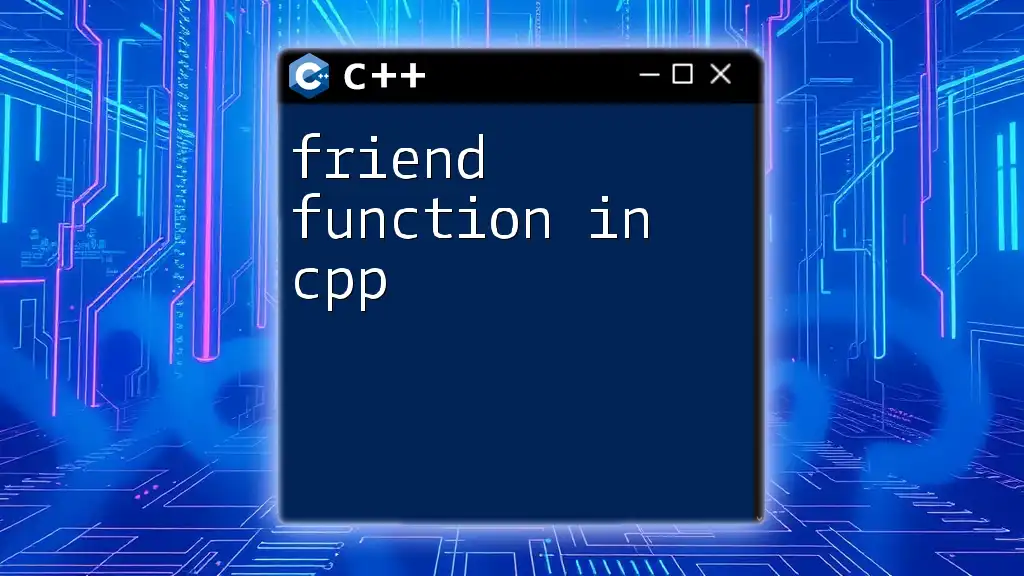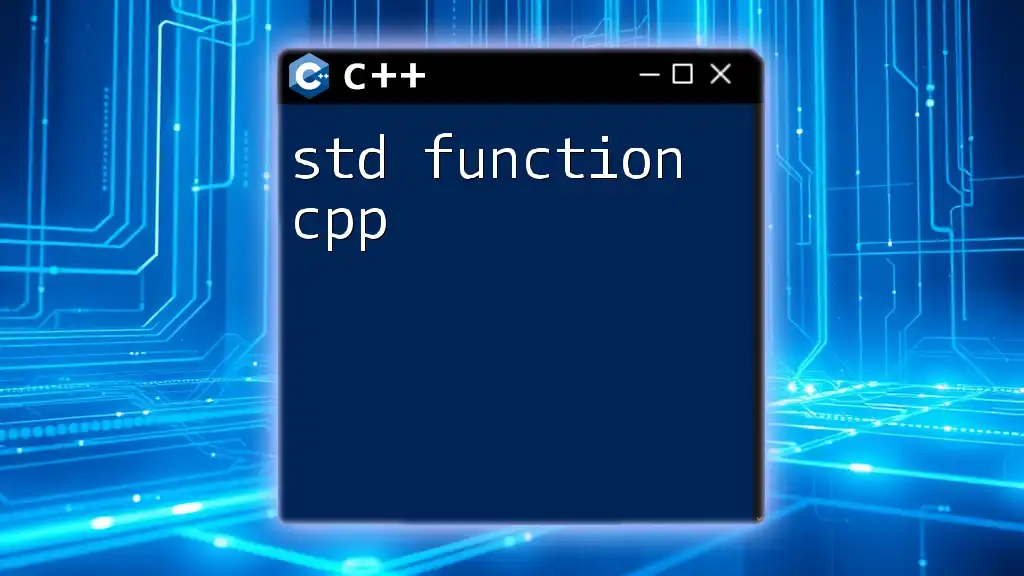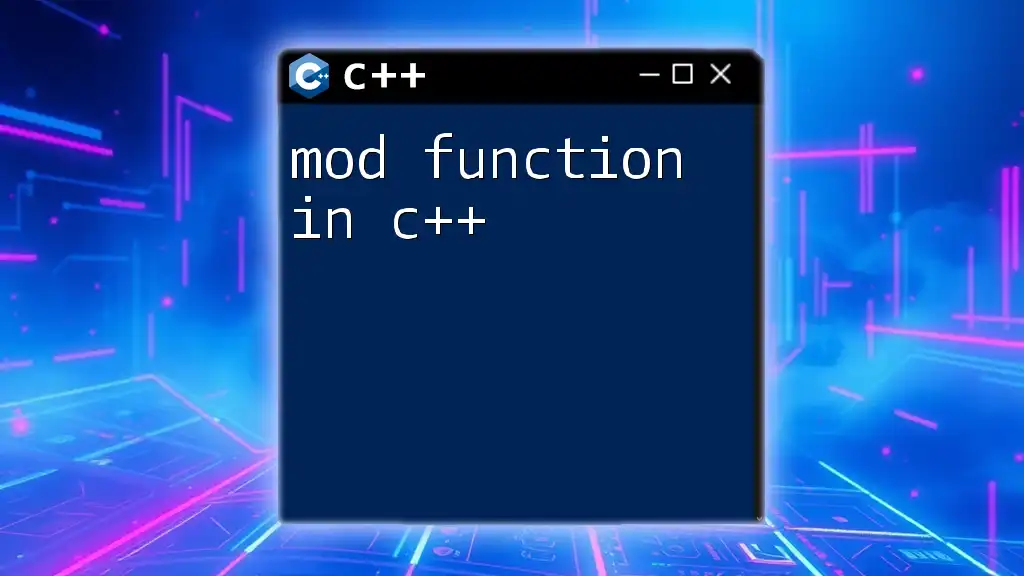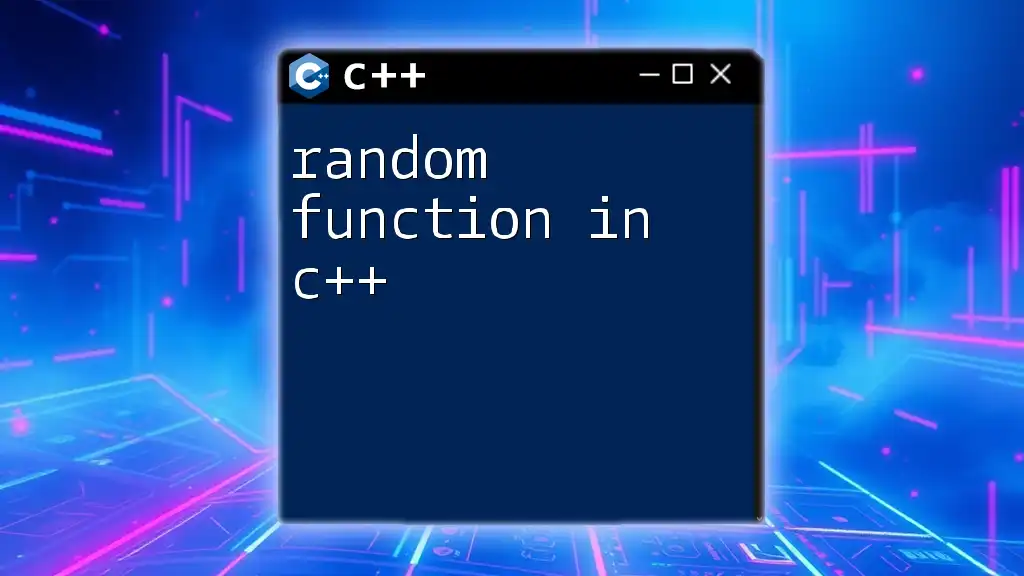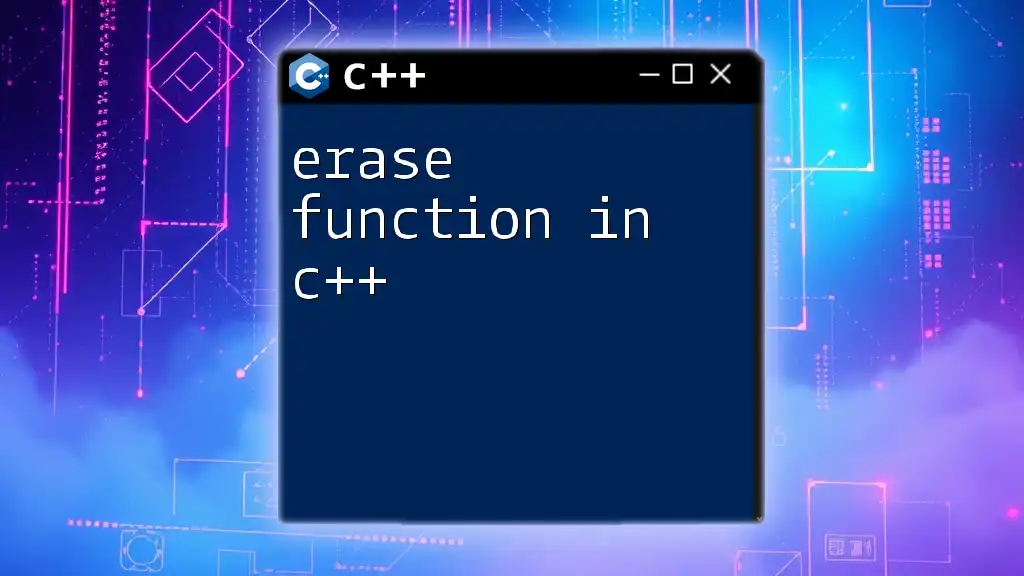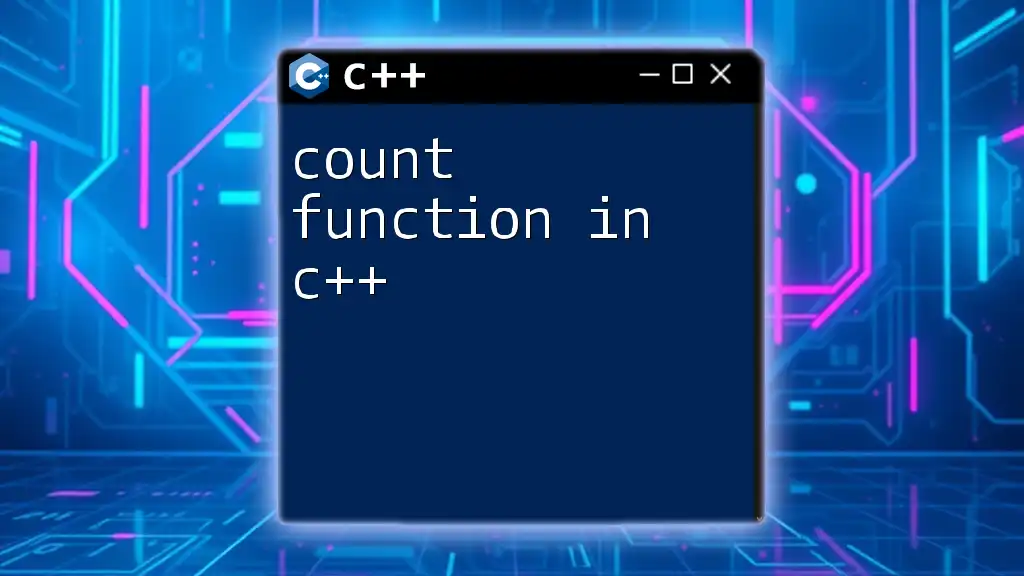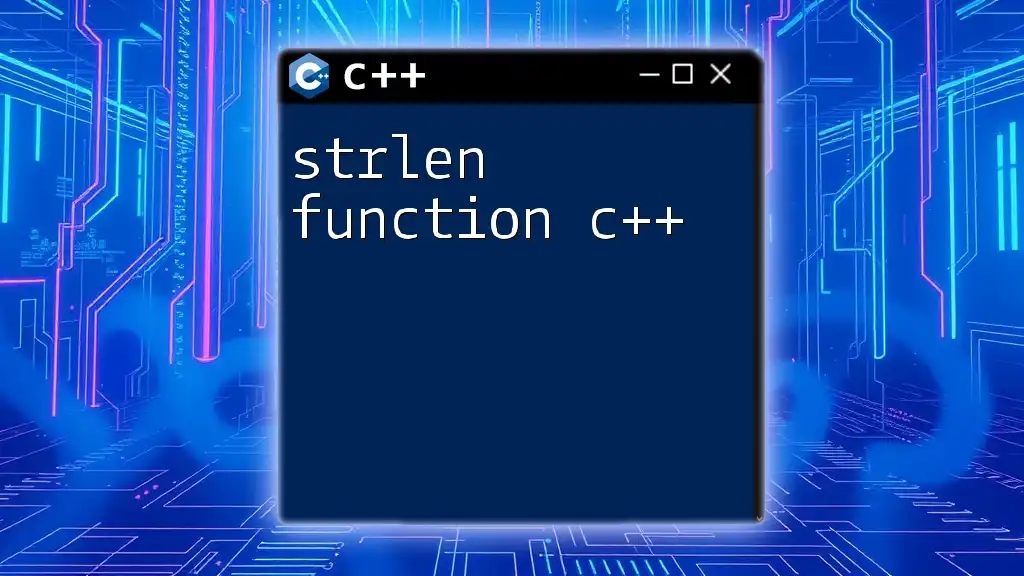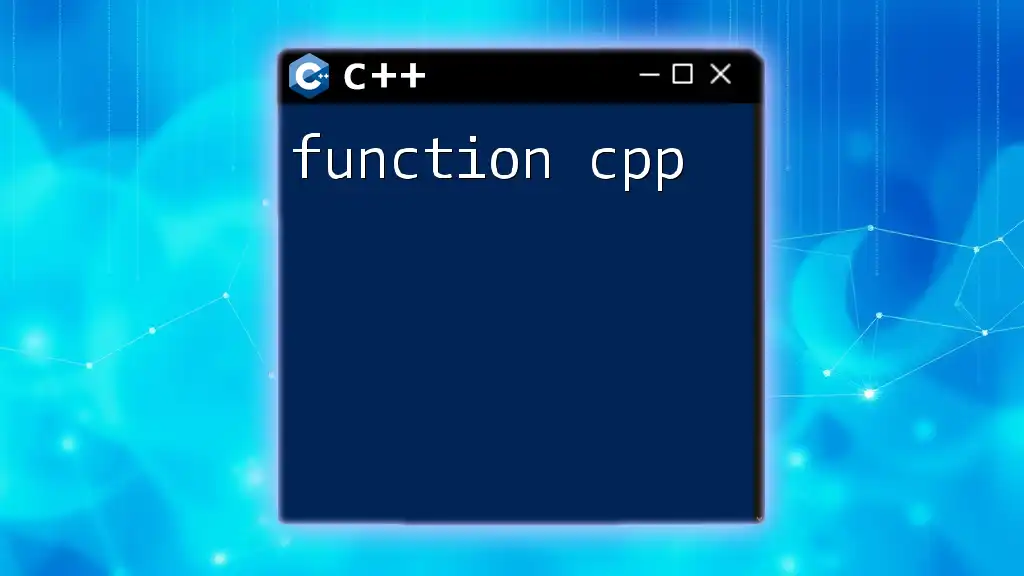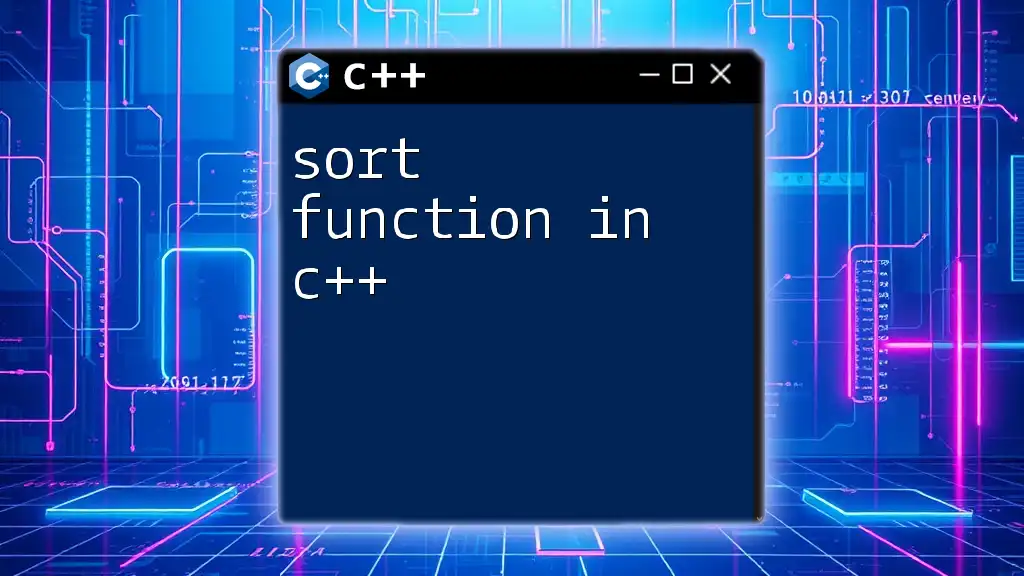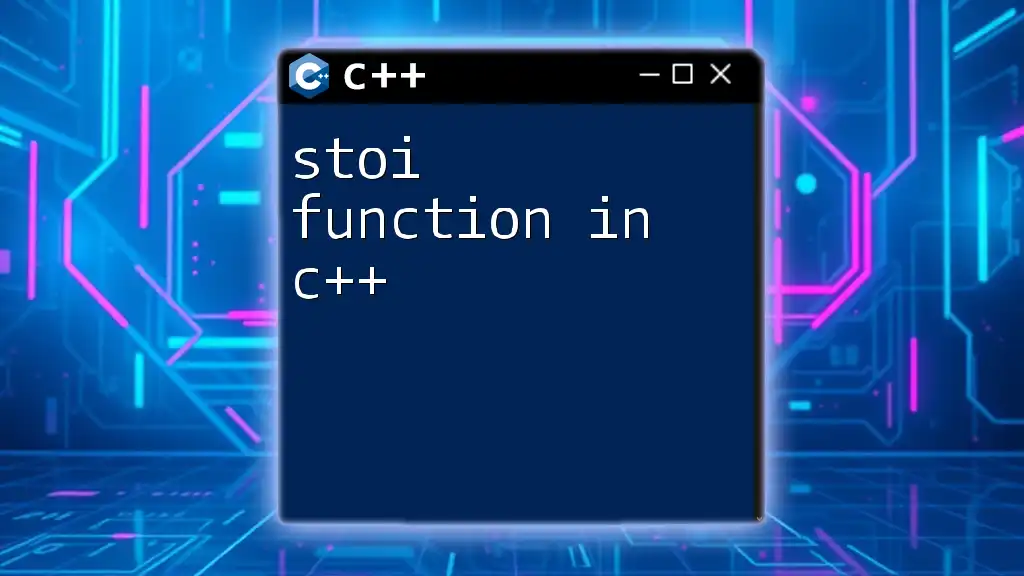A friend function in C++ is a special type of function that is granted access to the private and protected members of a class, allowing it to manipulate those members directly.
Here’s a simple code snippet demonstrating a friend function:
#include <iostream>
using namespace std;
class Box {
private:
double width;
public:
Box(double w) : width(w) {}
friend void printWidth(Box box);
};
void printWidth(Box box) {
cout << "Width of box: " << box.width << endl;
}
int main() {
Box box(10.5);
printWidth(box);
return 0;
}
Understanding the Friend Keyword in C++
In C++, the friend keyword is used to grant a function or another class access to the private and protected members of the class that declares it as a friend. This means that a friend function can manipulate the internal state of an object directly, which is vital for certain design scenarios where encapsulation must be balanced with efficiency.
Syntax for Declaring a Friend Function
The declaration is straightforward. You simply need to use the `friend` keyword before the function declaration within the class where you want to grant access. Here's the structure:
class ClassName {
// ...
friend returnType functionName(parameters);
};
How the Friend Keyword Works with Access Specifiers
Understanding how the friend keyword interacts with access specifiers is crucial. When a class declares a function as a friend, that function gains access to all members (private, protected, and public) of that class. However, it does not mean that all functions can access the private members of any instance of that class unless they have also been declared as a friend.

What Are Friend Functions in C++?
Friend functions are functions that are not members of a class but still have access to its private and protected members. They can be considered a bridge that allows outside functions to interact with the class's inner workings.
Characteristics of Friend Functions
- Not Members: They are defined outside the class.
- Direct Access: They can access private and protected data within the class.
- Unique Signature: While they can be overloaded like regular functions, they must maintain unique signatures.
Difference Between Friend Functions and Member Functions
While both types of functions can access the private data members of a class, they differ in their invocation:
- A member function can be called using the instance of the class (e.g., `obj.functionName()`).
- A friend function, however, does not belong to the class and is called like a regular function (e.g., `functionName(obj)`).

Benefits of Using Friend Functions in C++
Using friend functions provides several benefits:
- Access to Private and Protected Members: This creates more flexible interfaces for complex data operations.
- Enhancing Code Readability: When used properly, they can streamline code without needing complex getter/setter methods.
- Practical Use Cases for Friend Functions: They are perfect for operations spanning multiple objects or complex data structures.
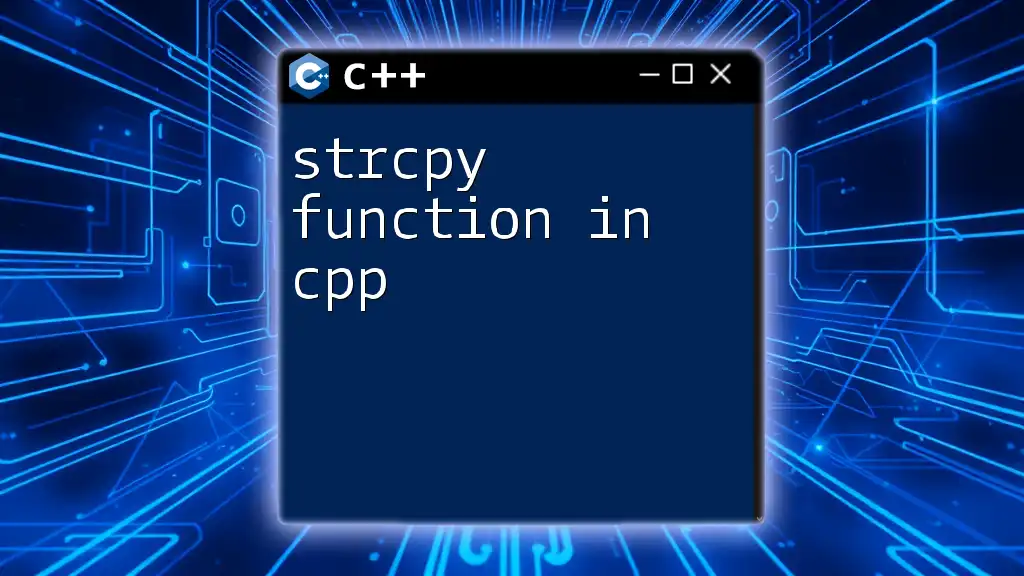
Friend Function in C++: A Simple Example
Let's look at a straightforward example to illustrate how a friend function can be implemented.
First, we define a class with a private member:
class Box {
private:
int width;
public:
Box(int w) : width(w) {}
// Friend function declaration
friend void printWidth(Box box);
};
In this example, the `Box` class has a private member `width` and a constructor that initializes it. The friend function `printWidth` is declared within the class.
Next, we implement the friend function:
void printWidth(Box box) {
std::cout << "Width of box: " << box.width << std::endl;
}
Explanation of the Example Breakdown
In this code snippet, the `printWidth` function can access the private `width` member of the `Box` class. When you call `printWidth(myBox)`, it outputs the width directly because it is a friend of the `Box` class, demonstrating how a friend function can access private data seamlessly.
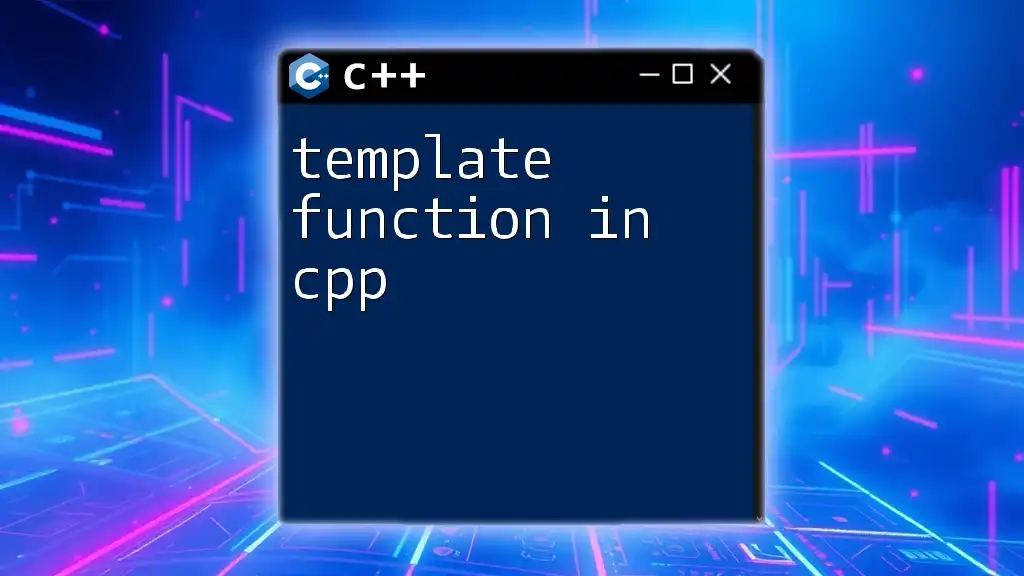
Friend Functions vs. Member Functions
Key Differences
-
Access Control: Member functions are bound to the class instance and follow its access control. In contrast, friend functions bypass these restrictions.
-
Code Structure and Uses: Member functions represent capabilities of a class, while friend functions are more about external helper functions that need to access the internals of the class.
When to Use Friend Functions Instead of Member Functions
You might consider using friend functions in scenarios where multiple classes interact closely or when you want to implement operator overloading in a clear and efficient manner.
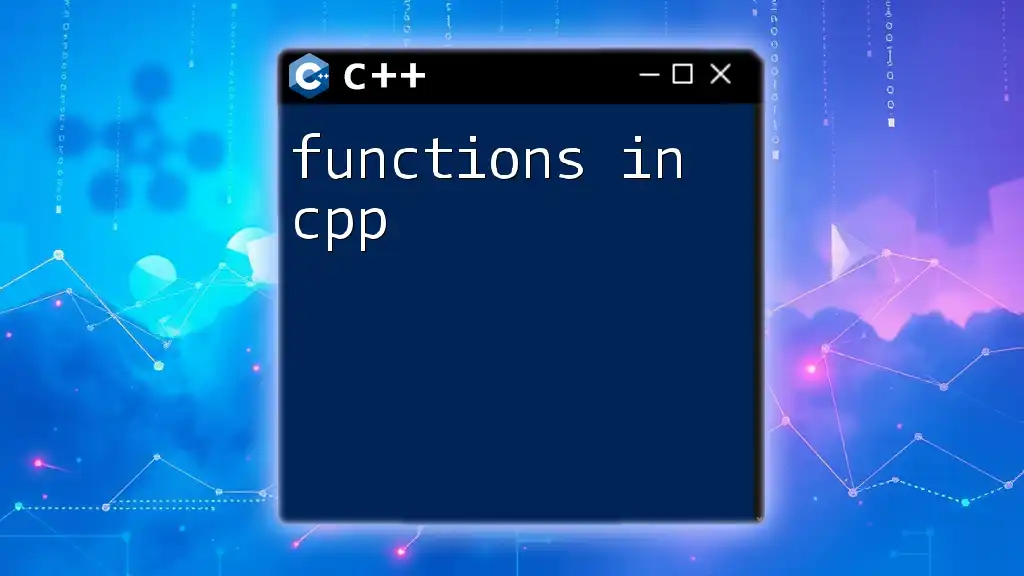
Understanding Friend Class in C++
In C++, a friend class is a class that has access to the private and protected members of another class. This relationship allows for tighter coupling of classes that need to interact closely, often seen in instances of complex systems requiring direct access without exposing sensitive data to the wider public.
Definition and Purpose of Friend Class in C++
A friend class can access the private and protected members of another class. This capability is particularly useful when two classes collaborate closely but still wish to maintain encapsulation from other classes or modules.
Example of a Friend Class
Here’s an example showcasing how a friend class works:
class Box {
private:
int width;
public:
Box(int w) : width(w) {}
friend class BoxPrinter;
};
class BoxPrinter {
public:
void printWidth(Box box) {
std::cout << "Width: " << box.width << std::endl;
}
};
In this example, `BoxPrinter` is declared as a friend of `Box`, which enables it to access the private `width` variable. With this setup, `BoxPrinter` can display the width of the box without needing any public getter methods.
Explanation of the Friend Class Example
The friend class allows for direct manipulation and presentation of the Box class's data members, promoting efficiencies when one class has a specific purpose related to another class.

The Use Cases of Friend Functions in C++
When to Use a Friend Function
Friend functions shine in scenarios where a specific function needs to interact with class internals without becoming a member of the class, such as:
- Operator Overloading: They can be especially useful for overloading operators like `<<` or `>>`, which necessitate access to private members.
Examples of Common Use Cases
Common scenarios include:
- Complex Data Structures: When designing complex data types that require numerous cooperative interactions.
- Utility Functions: Use them for utility functions that operate on multiple objects and require access to their internal states.
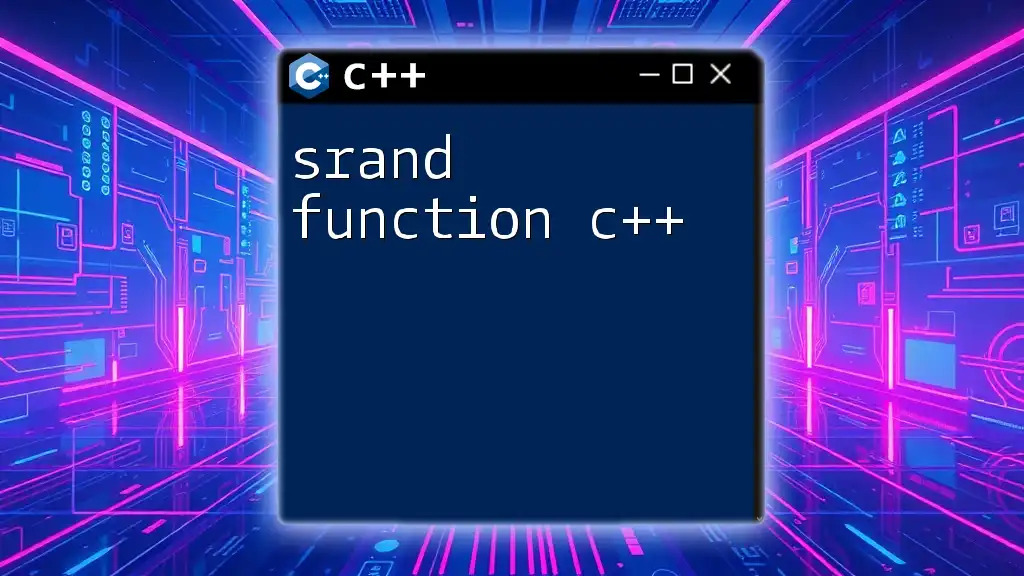
Conclusion
In this article, we've explored the friend function in C++, examining its definition, advantages, and practical applications. By allowing for controlled access to private class members, friend functions provide a powerful mechanism for enhancing flexibility and readability in your code. While encapsulation is vital in object-oriented programming, understanding when and how to properly use friend functions (and friend classes) can help you strike the right balance between access and data integrity. As you continue to explore the C++ language, consider experimenting with friend functions to efficiently manage complex interactions between your classes and functions.

